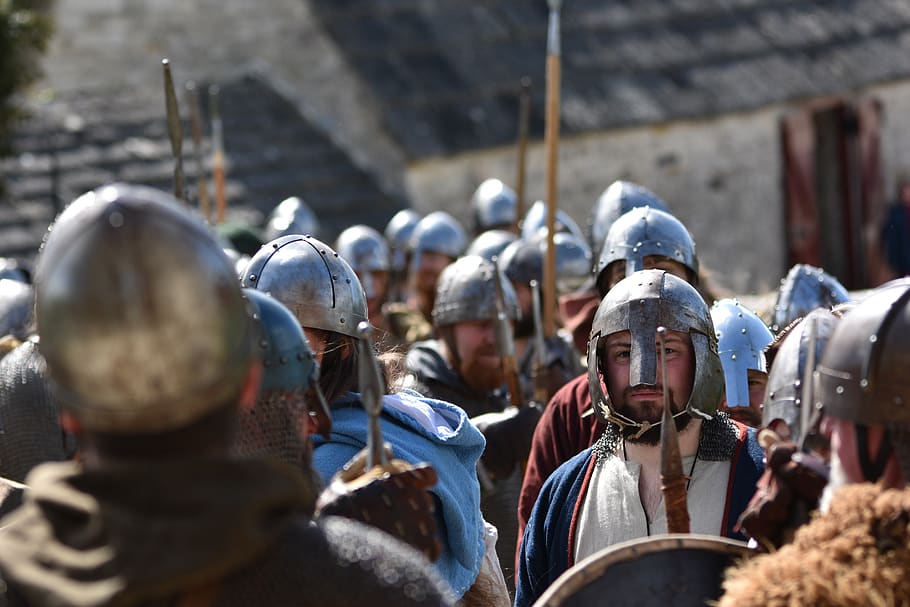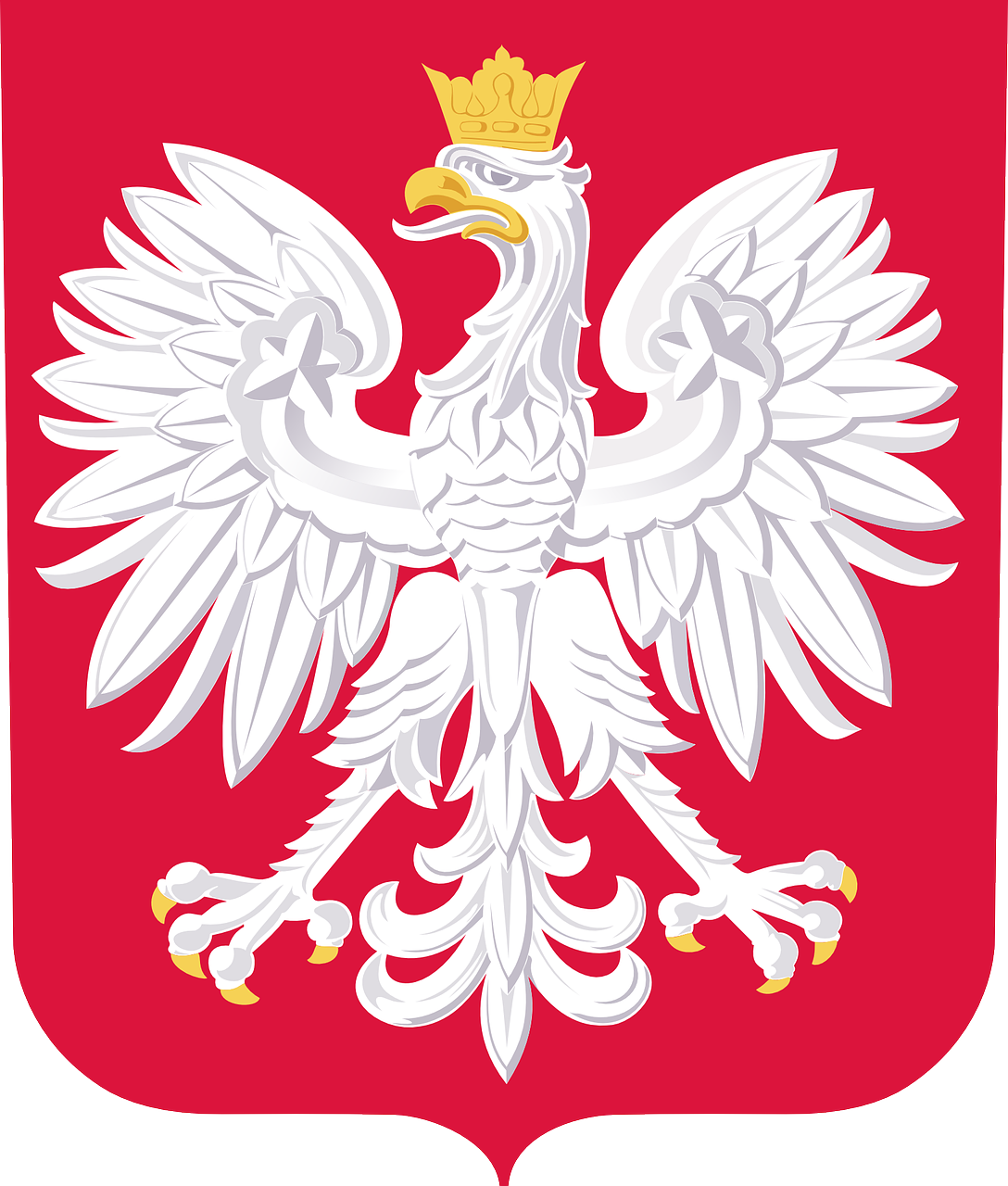Medieval Daily Life

In order to understand the daily lives of the Polish people today, a history lesson is needed about the daily lives in the past. Some of the values that were applied into earlier Polish society are still here today. Daily life for the common pollack is revolved around the farm and family, this goes back to the 15th century when under serfdom, the peasants worked for the polish nobility and so the bonds between the peasant families of the grasslands grew much more and more and in the present day some of those close bonds between families are still there.
In the communist era, which was the end of world war II to the fall of the iron curtain, soviet-style policies pushed the country into greater manufacturing, pushing the polish people out of a agriculture economy. The daily lives of the Polish people switch from the wheat fields and their local villages in the countryside, to workers being encouraged to move to the city. Despite these fundamental changes in Polish society during the communist era, the daily life of a pollock was a struggle with daily food shortages a regular thing across the country. Daily life was tough.
When the Iron curtain fell, and gave way to true independence of the country, The Polish people enjoyed more personal freedom in their daily lives. The rural villages in the countryside never really recovered from their young people going to the city. Given more personal freedom, young people continue to head to the city in search of their dreams. Today, Poland is a part of the European Union, giving the population many opportunities. The daily lives of people from Poland is of personal freedom to do what they set out to achieve for themselves and for their family.
Encyclopedia Britannica, inc. (n.d.). Daily Life and Social Customs. Encyclopedia Britannica. Retrieved March 8, 2022, from
https://www.britannica.com/place/Poland/Daily-life-and-social-customs
